Do you have a question about the Rheem OBF Series and is the answer not in the manual?
Crucial safety precautions for furnace operation and installation, including warnings about water damage and fuel type.
Information on California's Proposition 65 chemical warnings related to furnace materials and emissions.
References to national standards like NFPA for proper furnace installation.
Diagrams and tables detailing required clearances to combustibles for furnace installation.
Emphasizes that nozzle changes and input rate determination should only be done by qualified technicians.
Outlines standards and warnings for proper furnace installation and operation.
Details furnace placement, combustion air, and ventilation requirements.
Table providing recommended chimney sizes based on BTU input for safe venting.
Guidelines for properly venting flue gases through a chimney or flue.
Recommendations for oil filter types and placement to prevent nozzle clogging.
Importance of permanent cabinet grounding before making electrical connections.
Warning against using power-robbing thermostats due to potential intermittent operation.
Procedure for starting the furnace, including safety warnings.
Steps for initiating and terminating furnace operation.
Troubleshooting steps if the burner fails to start or operate correctly.
Detailed procedure for adjusting the oil burner for optimal performance and emissions.
Steps required before performing burner adjustments, including calibration and drilling holes.
Guidance on evaluating combustion performance using CO2 and smoke readings.
Procedure for testing and adjusting oil pump pressure using a pressure gauge assembly.
Information on selecting the correct oil pump, including two-stage options.
Steps for correctly positioning electrodes and the nozzle using a gauge.
How air volume is affected by ductwork and how blower speed can be changed.
Troubleshooting for high or low temperature rise and their causes.
How to interpret smoke readings using the Bacharach smoke scale.
Advice for obtaining accurate smoke readings.
Annual replacement of nozzle and periodic cleaning of electrodes and filters.
Instructions regarding blower motor lubrication and cleaning to prevent overheating.
Guidelines on filter placement, cleaning, and replacement to ensure proper airflow.
Lists common causes of poor chimney draft and their corresponding corrective actions.
Checks for issues causing smoke, soot, or odors, often related to combustion or draft.
Potential causes for delayed ignition, including electrodes and fuel supply.
Troubleshooting steps for when the burner does not operate or the motor runs without firing.
Identifies causes of burner pulsations, such as improper nozzle or air supply.
Checks for proper operation of the flame sensor (cad cell) and potential interference.
Diagnosing issues related to low CO2 levels or high stack temperatures.
Possible causes for oil pump pressure being too high.
Potential causes for oil pump pressure being too low.
Troubleshooting for inconsistent or absent oil pump pressure.
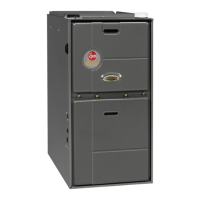
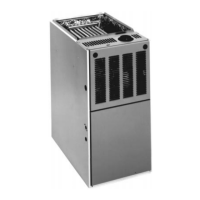
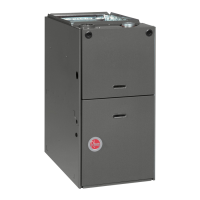
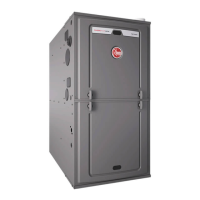
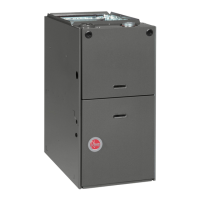
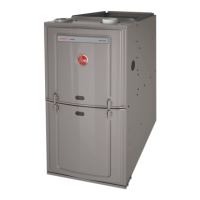
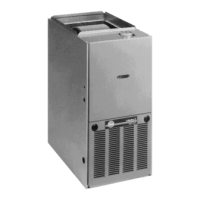
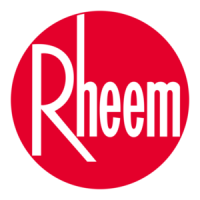
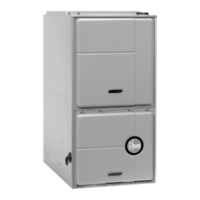
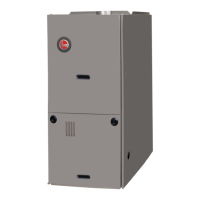
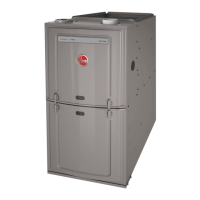
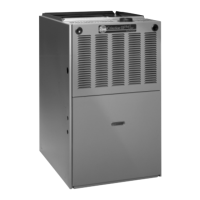
